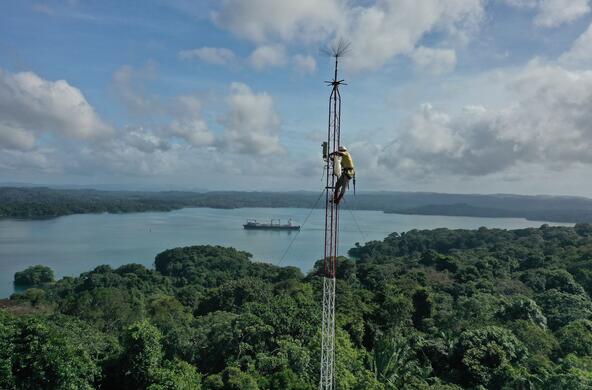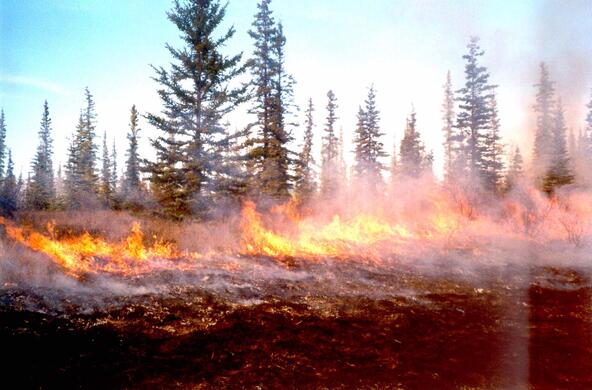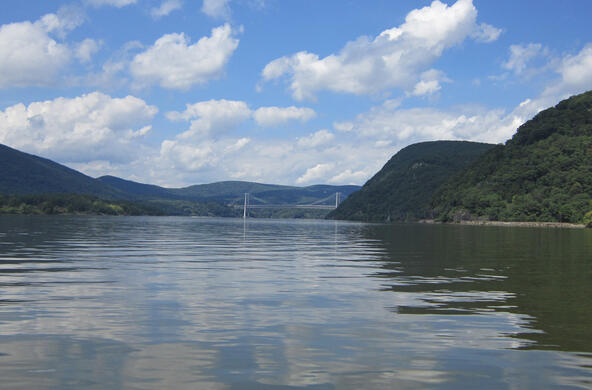When it comes to non-renewable resources, depletion of the world’s oil always catches our attention. A few years ago, resource economists predicted that we’d pass the peak of oil production—oil would still be available, but the demand would far outpace new supply, so the price would rise sharply. Now, it seems that the world is awash with oil, and gasoline is cheaper than milk. Natural gas (methane) is also in abundant supply, so much so that electric utilities are switching from coal to gas to save money and comply with air pollution standards.
Of course, no matter how hard we look for it, there is only so much oil in the Earth’s crust, so I expect that the current low prices of oil and gas will be short-term phenomena. When supply temporarily exceeds demand, the price falls. When supply falls behind demand, the price rises—sometimes dramatically.
In recent years we’ve also heard about dwindling supplies of rare earth metals—the specialty compounds that make modern technology work so well. When shortages brought on by embargoes of exports from China triggered price increases, a number of new mineral prospects and mines came on-line. The price fell, and several of the companies, including Molycorp Inc., filed for bankruptcy.
If anyone could predict the availability and price of copper, they could get rich quick. Unfortunately, that has proven tough to do. Available estimates of the amount of copper that we may ultimately mine from the Earth’s crust indicate a 40- to 5,500-year supply at current rates of production. Copper has been extracted from less and less attractive ores since Biblical times, yet we have not run out. Indeed, copper is one of the few essential resources that has a higher per capita use today than it did 100 years ago. Depletion of the richest reserves has focused attention on novel deposits of copper not mined just a few decades ago.
A shortage of copper would have both direct and indirect impacts on the environment. A scarcity of copper may reduce our ability to expand renewable energy sources, such as wind power and electric automobiles, that have high copper requirements in their infrastructure. A scarcity of copper will shift demand to polypropylene for plumbing and aluminum for wiring.
At the moment, the market price for copper has fallen to levels not seen in the past decade, largely due to overproduction and falling demand from China. But, like oil, there is only so much copper in the Earth’s crust. If Yale University’s Tom Graedel is correct, we have less than a 100-year supply of copper (1.6 billion tons) and peak production might come as early as 2040. We already recycle more than 30% of the copper in discarded products, but his data would indicate that we must recycle all copper immediately. Recycling saves energy too, because recycling a metal from scrap is much more efficient than mining it from virgin sources.
Stephen Kesler (U. Michigan) and B. Wilkinson (Syracuse) estimate much larger stocks—89 billion tons. If they are correct, we can transition society to a sustainable closed-cycle of copper over a much more leisurely period.
The U.S. Geological Survey takes an intermediate stance, positing 5.6 billion tons of reserves (discovered and anticipated undiscovered) and a 40-year lifetime for current reserves at the current rates of production.[1] So, depending on whose estimates you like, you can believe that copper will be one of the most scarce commodities in this century, or something we don’t need to worry about. Certainly, the recent price spike for copper and its subsequent collapse seem due to changes in demand rather than any indication of depletion of global reserves.
On one hand, I look at a rising human population, with a rising desire for improved living conditions—including better plumbing and distribution of electricity. On the other hand, I see a finite amount of copper in the Earth’s crust. If I think long-term, I would invest in those who can recycle copper. This is one commodity where the supply might become sustainable with efficient recovery of wastes. Recycling will be the key.
Recycling might even save a few pennies, even if they aren’t made from copper anymore.
References
Burger, J.R., C.D. Allen, J.H. Brown et al. 2012. The macroecology of sustainability. PLoS Biology 10: e1001345
Gordon, R.B., M. Bertram, and T.E. Graedel. 2006. Metal stocks and sustainability. Proceedings of the National Academy of Sciences 103: 1209-1214.
Harmsen, J.H.M., A.L. Roes, and M.K. Patel. 2013. The impact of copper scarcity on the efficiency of 2050 global renewable energy scenarios. Energy 50: 62-73.
Kesler, S.E. and B.H. Wilkinson. 2008. Earth’s copper resources estimated from tectonic diffusion of porphyry copper deposits. Geology 36: 255-258.
Mudd, G.M., Z. Weng, S.M. Jowitt. 2013. A detailed assessment of global Cu resource trends and endowments. Economic Geology 108: 1163-1183.
Rauch, J.N. and T.E. Gradel. 2007. Earth’s anthrobiogeochemical copper cycle. Global Biogeochemical Cycles 21: doi: 10.1029/2006GB002850
Rauch, J.N. and J.M. Pacyna. 2009. Earth’s global Ag, Al, Cr, Cu, Fe, Ni, Pb and Zn cycles. Global Biogeochemical Cycles 23: doi: 10.1029/2008GB003376
Reck, B.K. and T.E. Graedel. 2012. Challenges in metal recycling. Science 337: 690-695.
[1] http://minerals.usgs.gov/minerals/pubs/commodity/copper/mcs-2015-coppe.pdf







